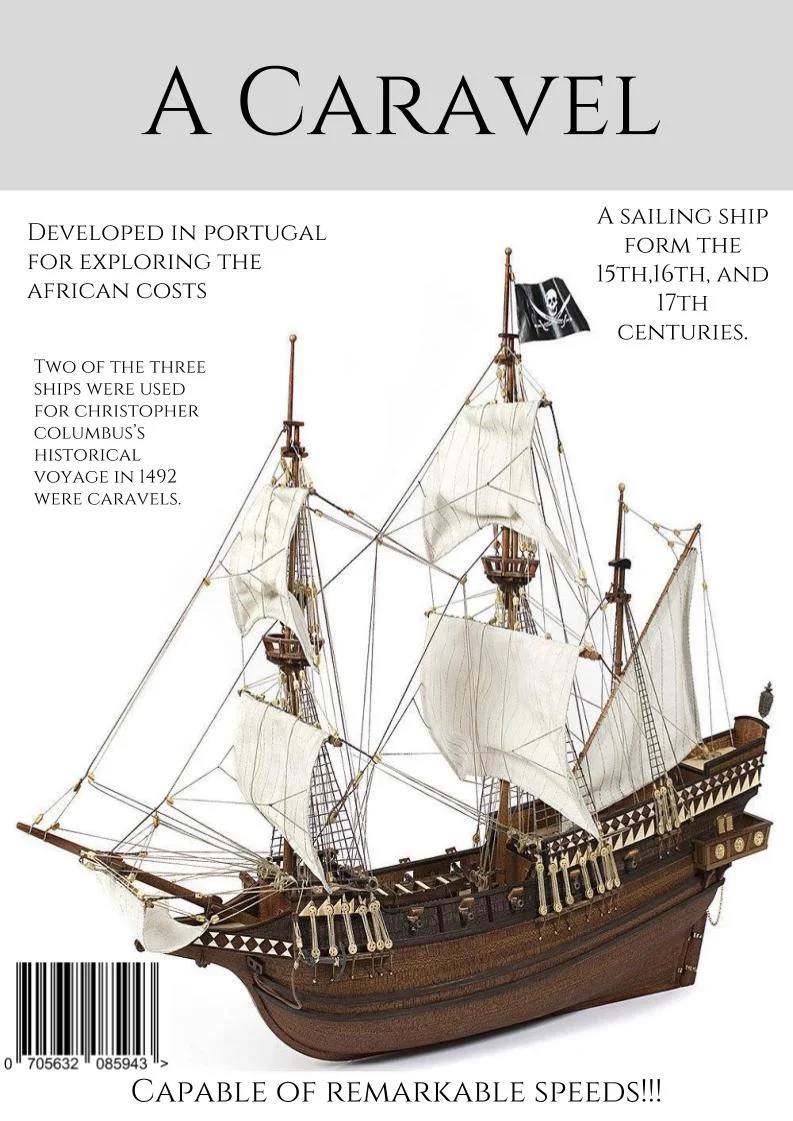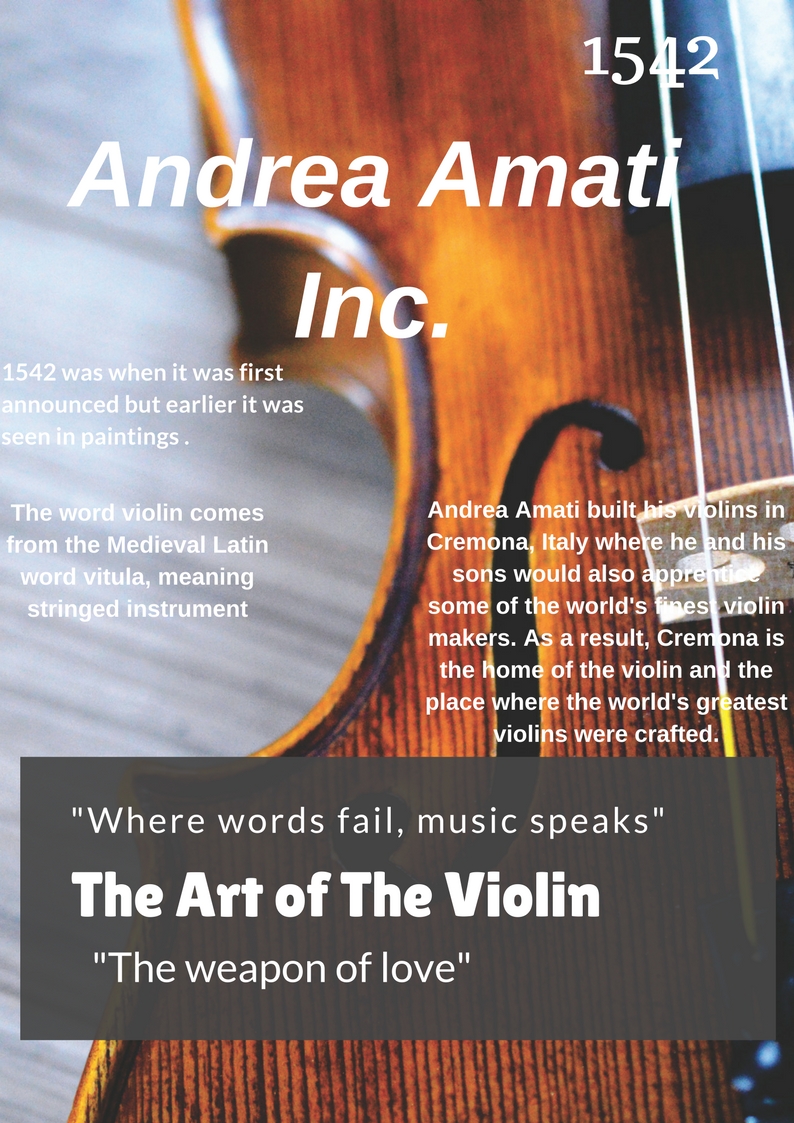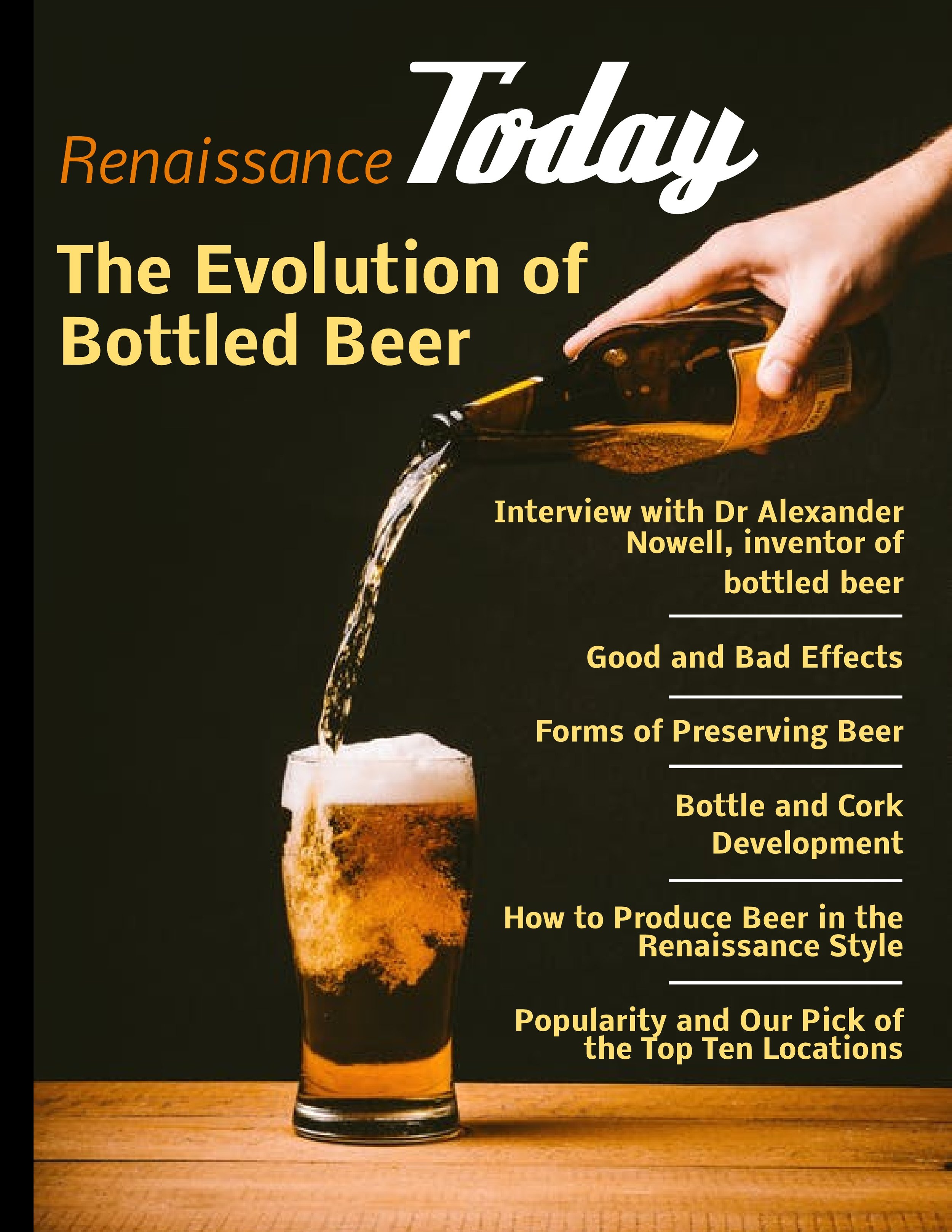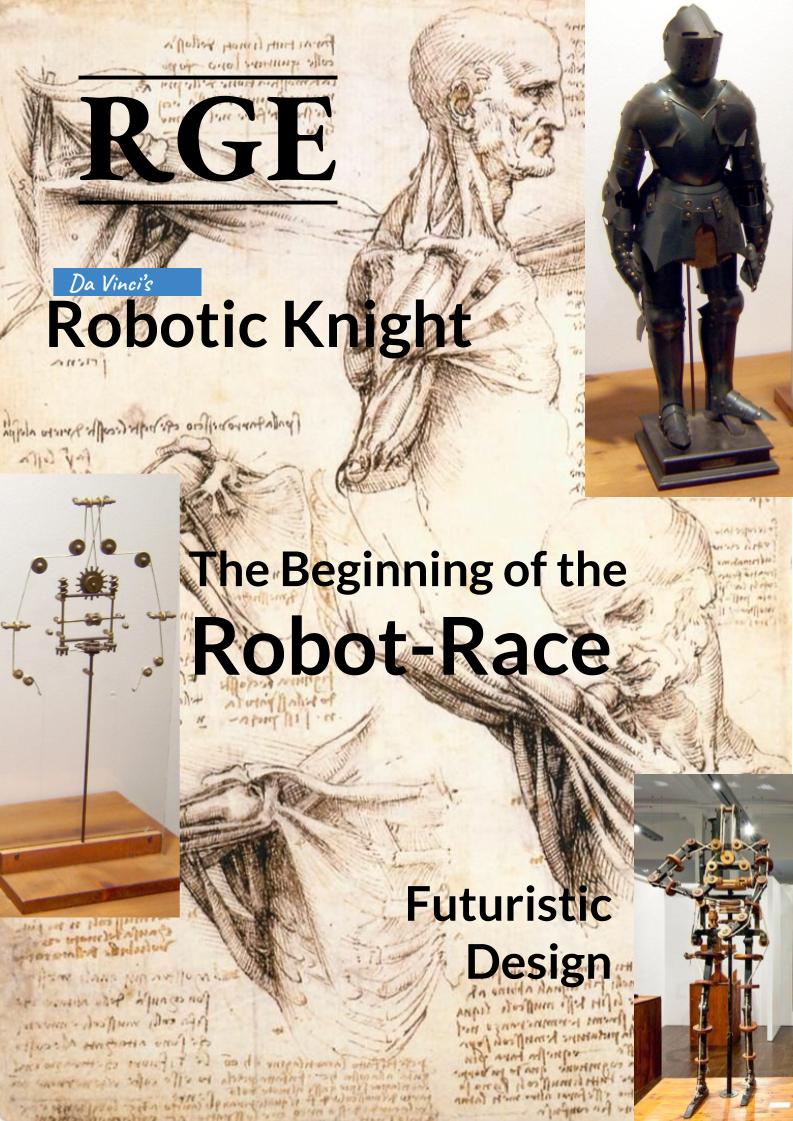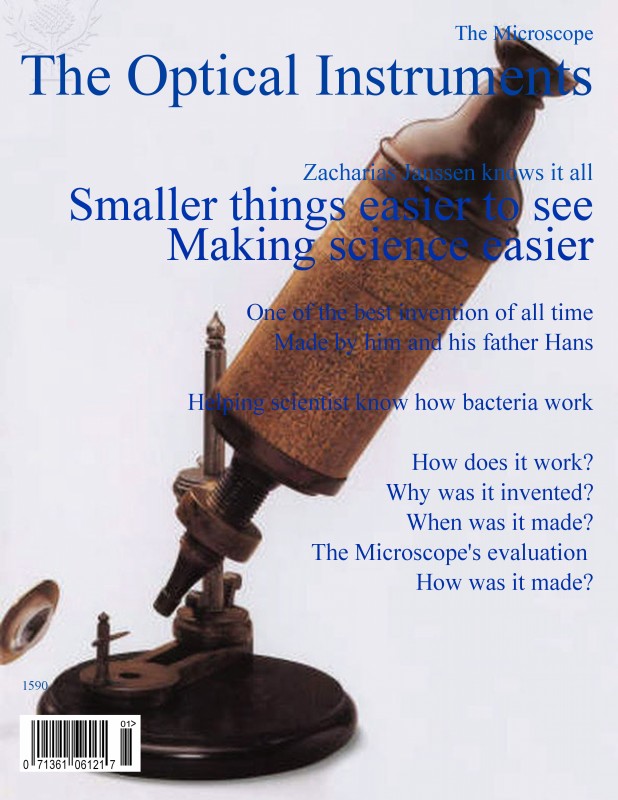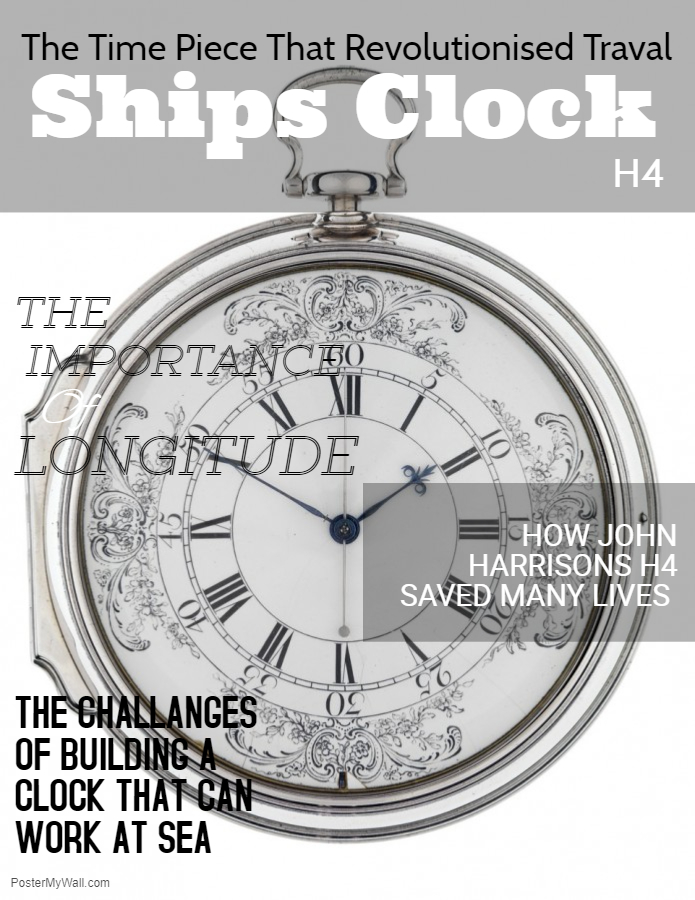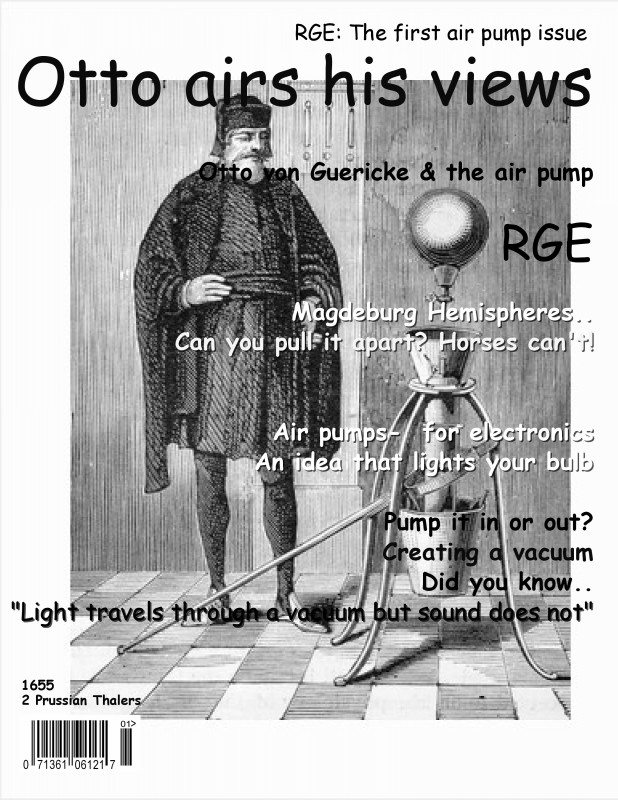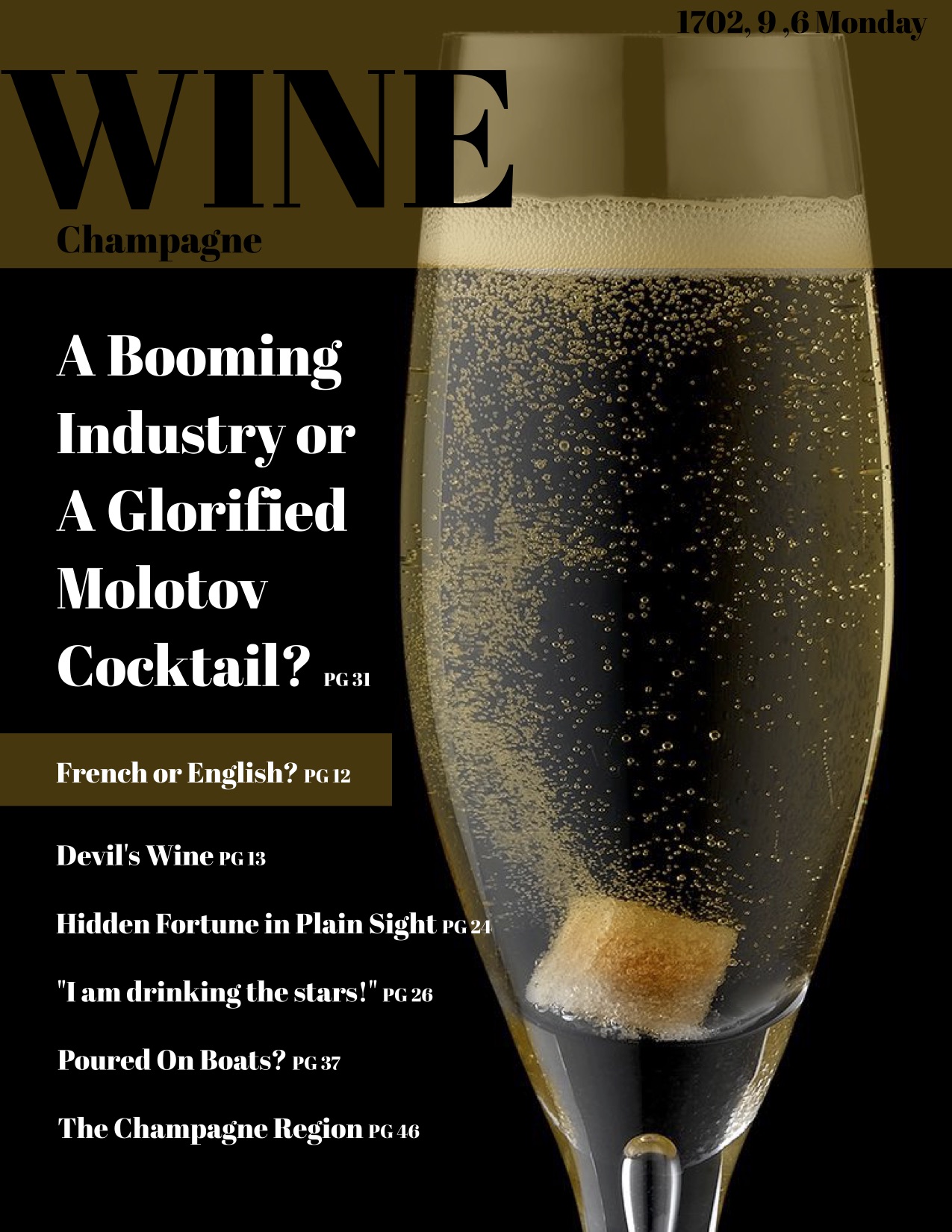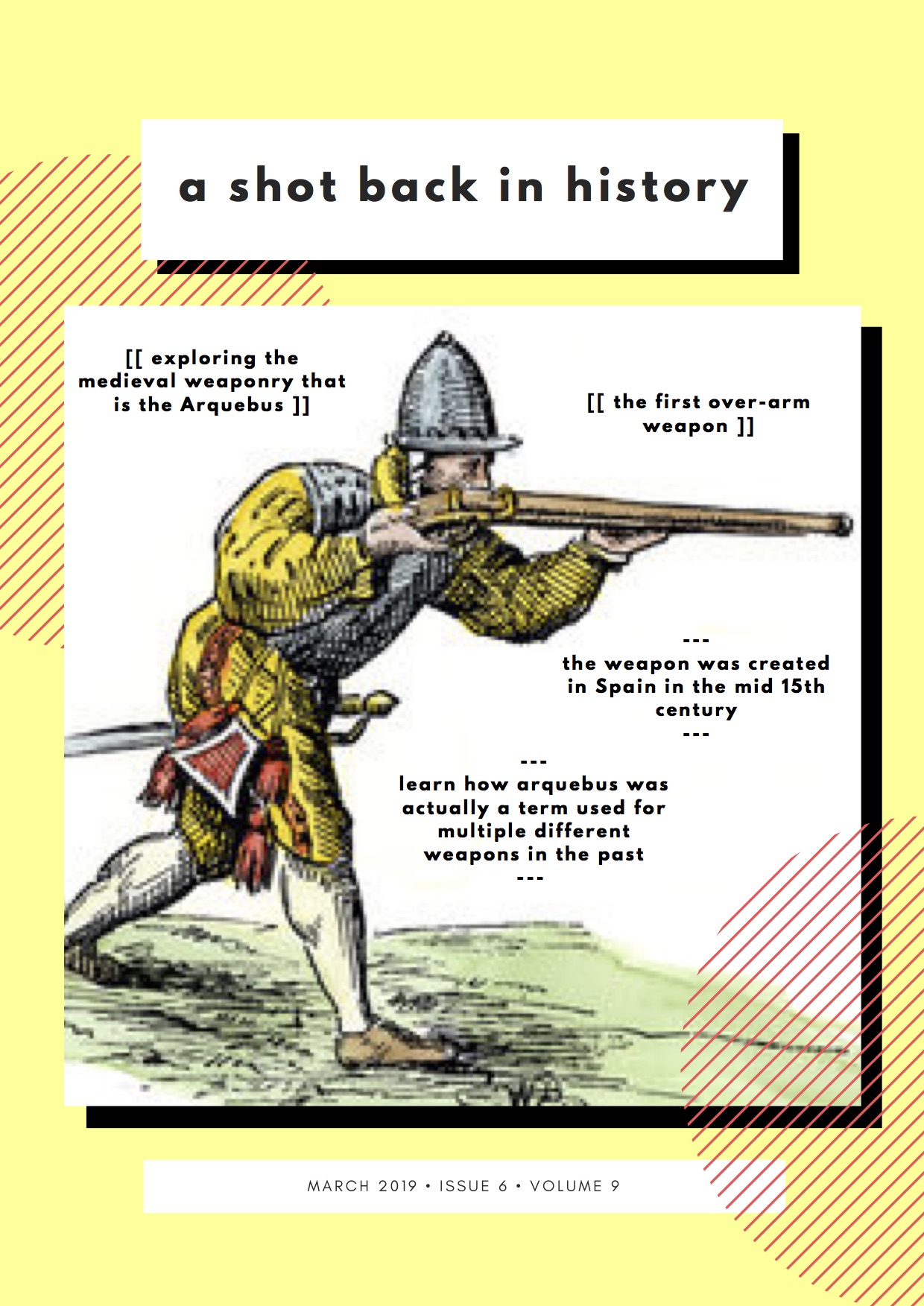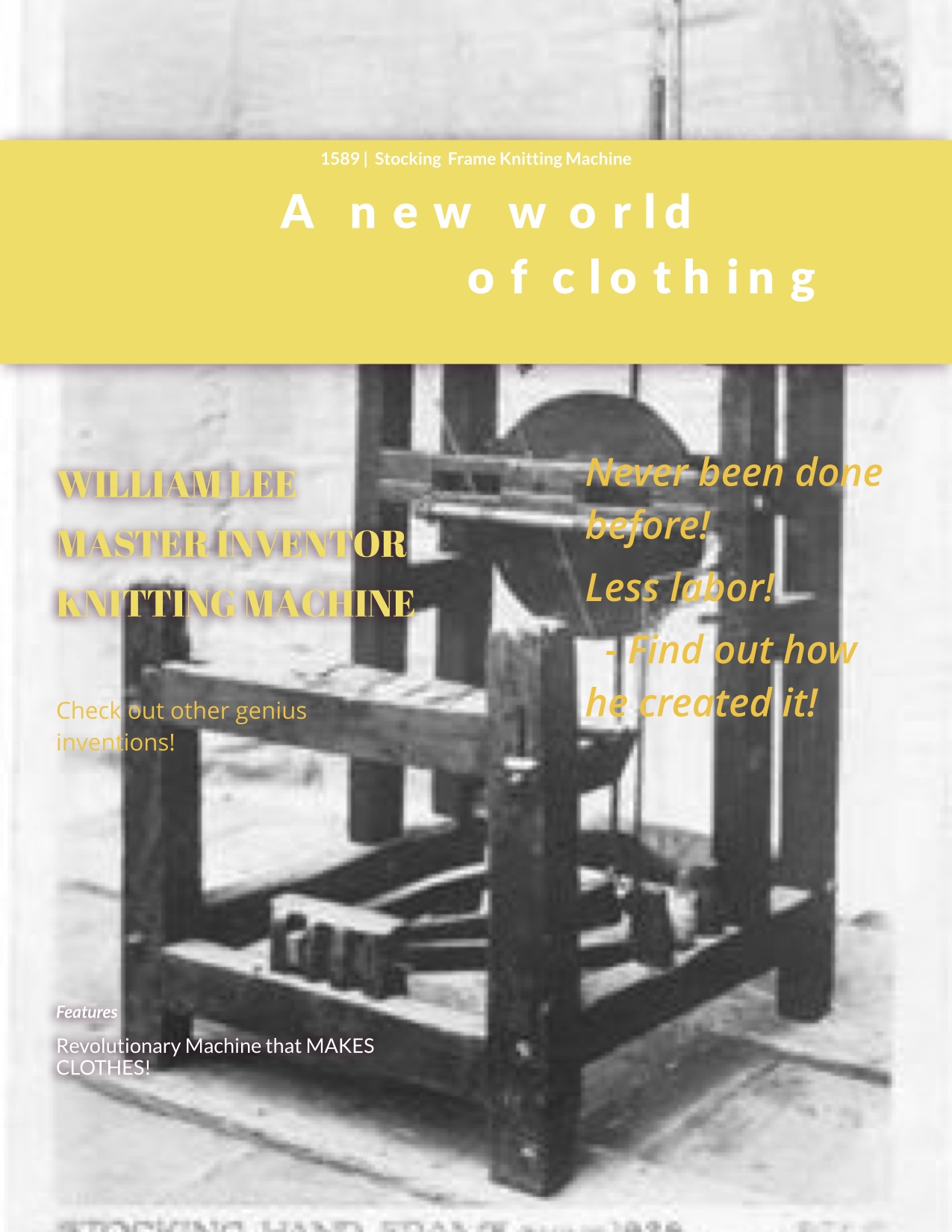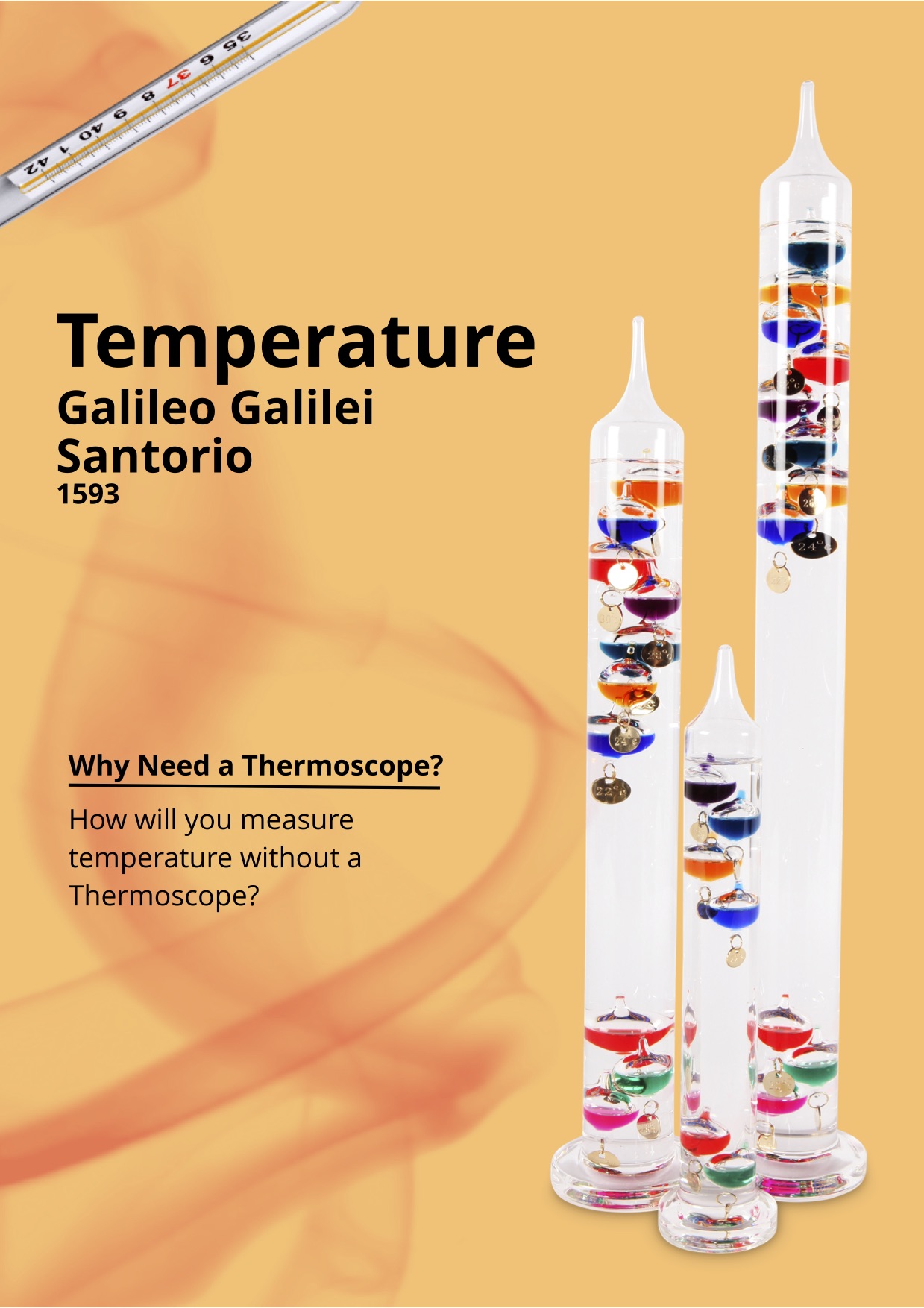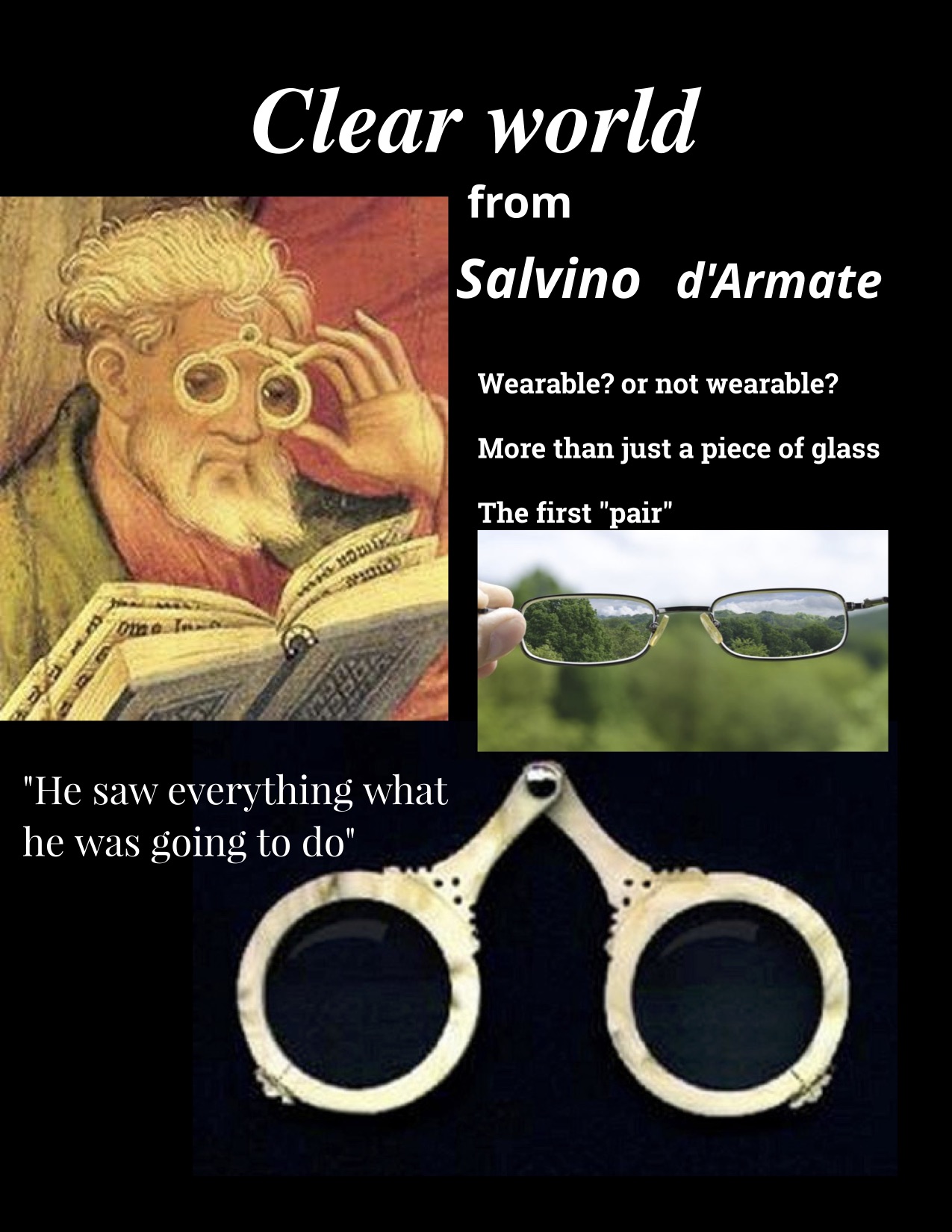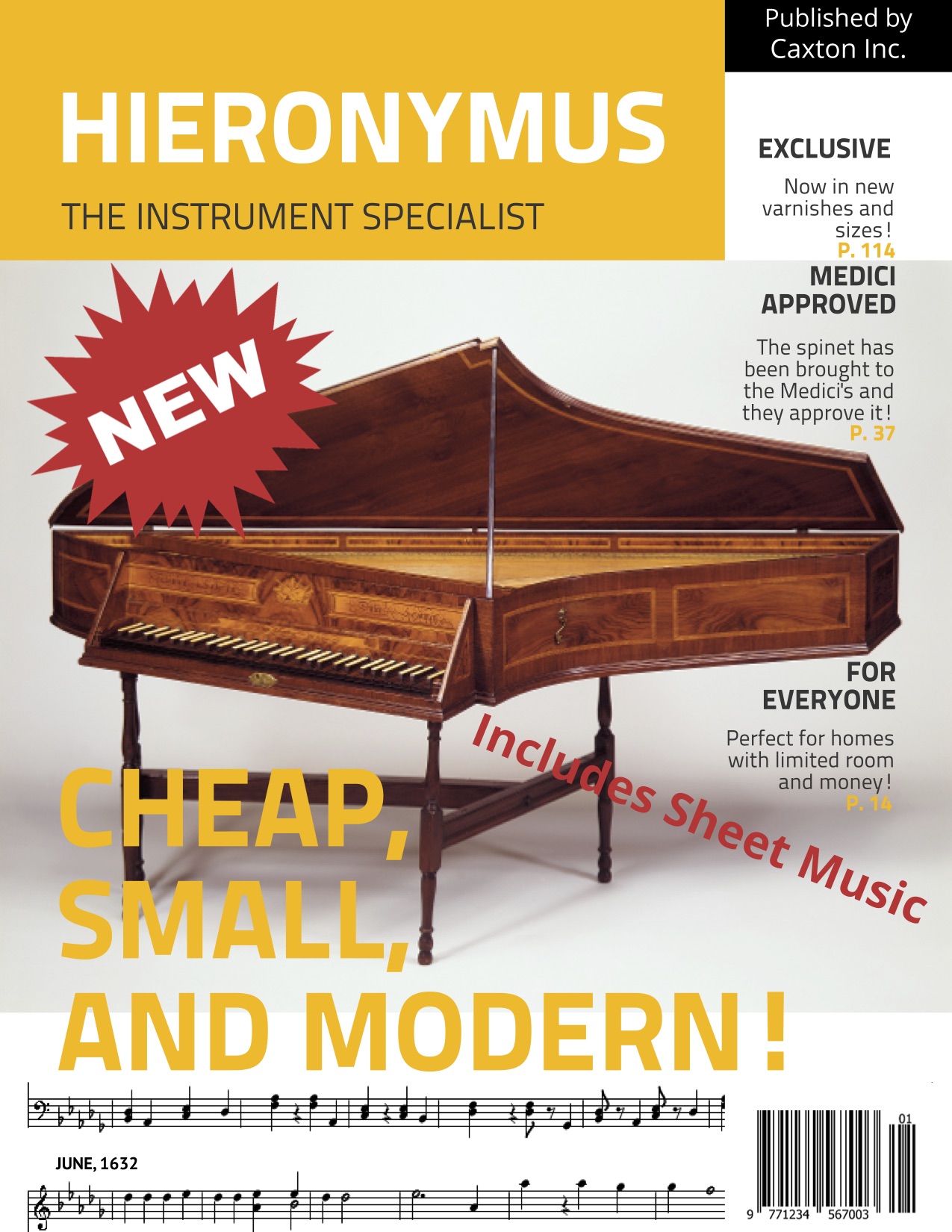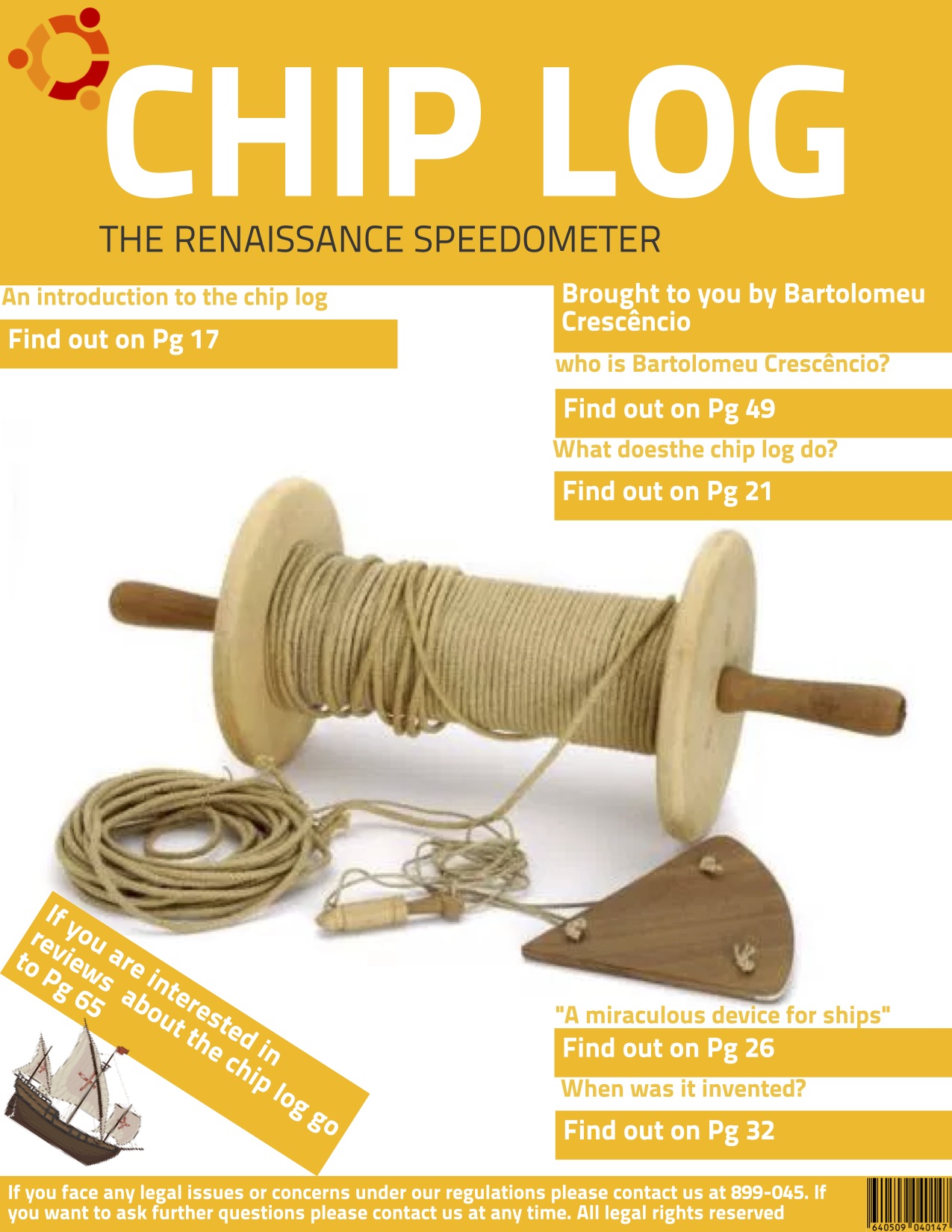The students in Year 9 have been investigating the growth of tourism and how it has led to increased interconnections between places. For our final project, the students were asked to devise a route between Southampton, UK, and Cape Town, South Africa in the Year 1937. They had a number of considerations to think about when they were devising their routes from not being able to fly at night, only being able to go a maximum of 1200km before refueling, the politics of the time and importantly they had to land on water. The students worked hard to not only create a route but also calculate the maths and justify their choices. Please click on the links to visit the students’ projects.
Student One - Southampton to Cape Town
Student Two - Southampton to Cape Town
Student Three - Southampton to Cape Town
Student Four - Southampton to Cape Town

